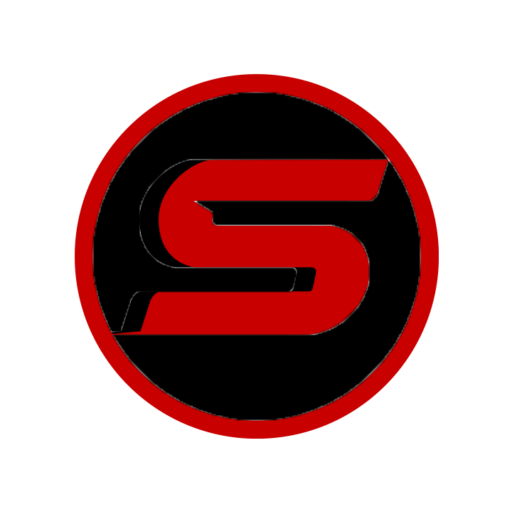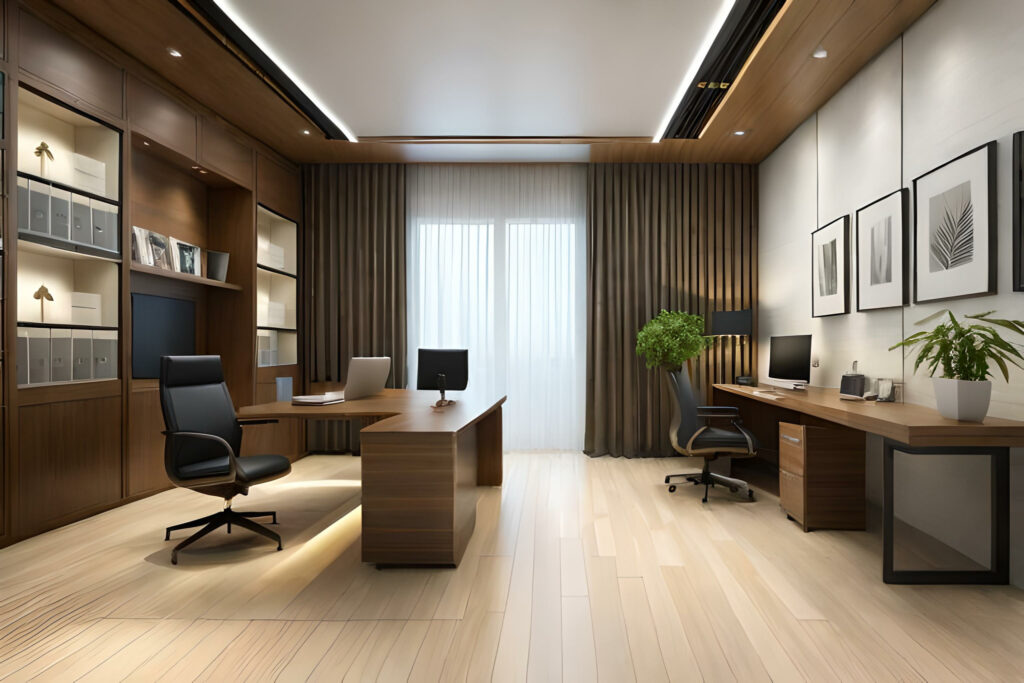In an era where hybrid work and remote jobs are increasingly prevalent, the design and functionality of home offices have become a significant consideration for professionals, entrepreneurs, and creatives alike. What was once considered a luxury or afterthought has now evolved into a central part of our living space. A well-designed home office isn’t just about aesthetics—it must support productivity, enhance comfort, and meet the unique demands of modern work life.
This article examines the fundamentals of effective home office design, how to adapt it to current needs, and key elements to consider in creating a workspace that is both functional and inspiring.
The Rise of the Home Office
Before 2020, home offices were often makeshift corners in bedrooms or living rooms. But the global shift brought on by the COVID-19 pandemic forced millions to reassess their work environments. Even as offices reopened, remote and hybrid work persisted, solidifying the importance of dedicated home workspaces.
Today, home office design is no longer about “just having a desk”—it’s about ergonomics, technology integration, focus zones, visual appeal, and even wellness. Companies may offer stipends for home office upgrades, while real estate listings highlight home office space as a premium feature. The need for a personalized, high-performance workspace is here to stay.
Key Components of a Modern Home Office
- Dedicated Workspace
- Having a designated area exclusively for work helps mentally separate personal life from professional tasks. Whether it’s a spare room, a converted attic, or a partitioned section of your living room, clearly defining the boundaries of your workspace is crucial.
- Ergonomics and Comfort
- Comfort is king in a home office. An ergonomic chair, a height-adjustable desk, proper monitor positioning, and keyboard support are essential for maintaining long-term health and productivity. Poor posture can lead to fatigue and chronic pain, both of which negatively affect performance.
- Lighting Matters
- Good lighting—especially natural light—boosts mood and energy. Position your desk near a window if possible. Combine ambient lighting (overhead) with task lighting (desk lamps) to reduce eye strain and add warmth to the space.
- Smart Storage Solutions
- Cluttered desks lead to cluttered minds. Incorporate filing cabinets, wall shelves, or under-desk storage to keep things tidy. A minimalist desk setup not only looks better but also helps reduce distractions.
- High-speed Internet and Tech Integration
- A stable and fast internet connection is non-negotiable. Additionally, home offices should be equipped with essential tools: webcams, microphones, printers, and backup drives. Consider cable management systems and USB hubs to streamline connectivity.
- Acoustic Considerations
- For those in shared or noisy homes, soundproofing is key. Acoustic panels, area rugs, curtains, or even noise-canceling headphones can improve audio quality for virtual meetings and help maintain focus.
- Aesthetic and Inspirational Touches
- A visually pleasing space can have a profound impact on your mindset. Add personal items, such as plants, art, or motivational quotes. Keep a balance between professional and personal—enough to inspire, not distract.
Trends in Home Office Design
- Biophilic Design
- This approach incorporates natural elements into indoor environments—think indoor plants, natural wood finishes, and plenty of daylight. Biophilic design can reduce stress and improve cognitive function.
- Multipurpose Spaces
- With space often at a premium, many are designing home offices that also serve as guest rooms, workout areas, or hobby spaces. Foldaway desks, Murphy beds, and modular furniture make this possible.
- Standing Desks and Movement-Focused Layouts
- Sit-stand desks, treadmill desks, and mobile seating options promote movement during the workday. These ergonomic innovations support physical health and combat sedentary behavior.
- Tech-Ready Workspaces
- Voice-controlled lighting, wireless charging stations, and smart thermostats are becoming standard features in homes. A tech-friendly office ensures seamless transitions between tasks and meetings.
- Zoom-Friendly Backgrounds
- With virtual meetings here to stay, many people now design backgrounds that are clean, well-lit, and professional. Bookshelves, neutral colors, or statement art pieces work well.
Customizing for Different Work Styles
Every job has unique demands. A graphic designer needs a different setup than an accountant or a teacher. When designing your home office, consider the nature of your work:
- Creative Professionals: Large desks, dual monitors, mood boards, and ample storage for materials are key. Wall space for sketches or whiteboards can be valuable.
- Writers and Editors: Soundproofing, comfortable chairs, and a distraction-free environment help maintain flow and concentration.
- Teachers and Coaches: Good lighting, a camera-friendly setup, and storage for props, books, or teaching aids are essential.
- Executives or Managers: A formal, polished aesthetic may be preferred, with space for confidential calls, filing, and even on-camera interviews.
Wellness and Mental Health Considerations
Burnout and stress are significant challenges for remote workers. A home office that promotes well-being can help counteract these issues:
- Greenery: Plants can reduce stress and improve air quality. Snake plants, pothos, and succulents are low-maintenance options.
- Break Zones: If space allows, create a separate area for stretching, meditation, or quick breaks.
- Lighting for Mood: Use dimmable lights or light temperature-adjusting bulbs to align with your circadian rhythm.
- Incorporating Movement: A yoga mat in the corner or resistance bands nearby can serve as a reminder to move during breaks.
Budget-Friendly Home Office Upgrades
Not everyone can splurge on a complete home office renovation. However, there are simple and cost-effective ways to boost functionality:
- Invest in a quality chair—your back will thank you.
- Use vertical wall space to avoid clutter.
- Try peel-and-stick wallpaper or paint to change the mood of a space.
- Use secondhand or repurposed furniture creatively.
- Add a DIY corkboard or dry-erase wall panel for task tracking.
Conclusion: Designing for the Future
Home office design is no longer a secondary concern—it’s a core part of our everyday lives. Whether you’re a remote worker, a freelancer, or someone who occasionally brings work home, your workspace should be tailored to your needs. The perfect home office strikes a balance between comfort, technology, focus, and inspiration.
By integrating thoughtful design, ergonomic furniture, and personalized touches, you can create a space that empowers you to work smarter, feel better, and perform at your best—right from the comfort of your own home.
Explore Our Current Listings to Find Your Perfect Home with Sonic Realty
Or, if you’re looking to direct visitors to more resources:
Learn More About Our Real Estate Services and How We Can Help You Buy or Sell Your Home
Let me know if you need links for specific sections or pages on the website!
Thank you for reading! If you enjoyed this article and want to explore more content on similar topics, check out our other blogs at Sonic Loans, Sonic Realty, and Sonic Title. We have a wealth of information designed to help you navigate the world of real estate and finance. Happy reading!



